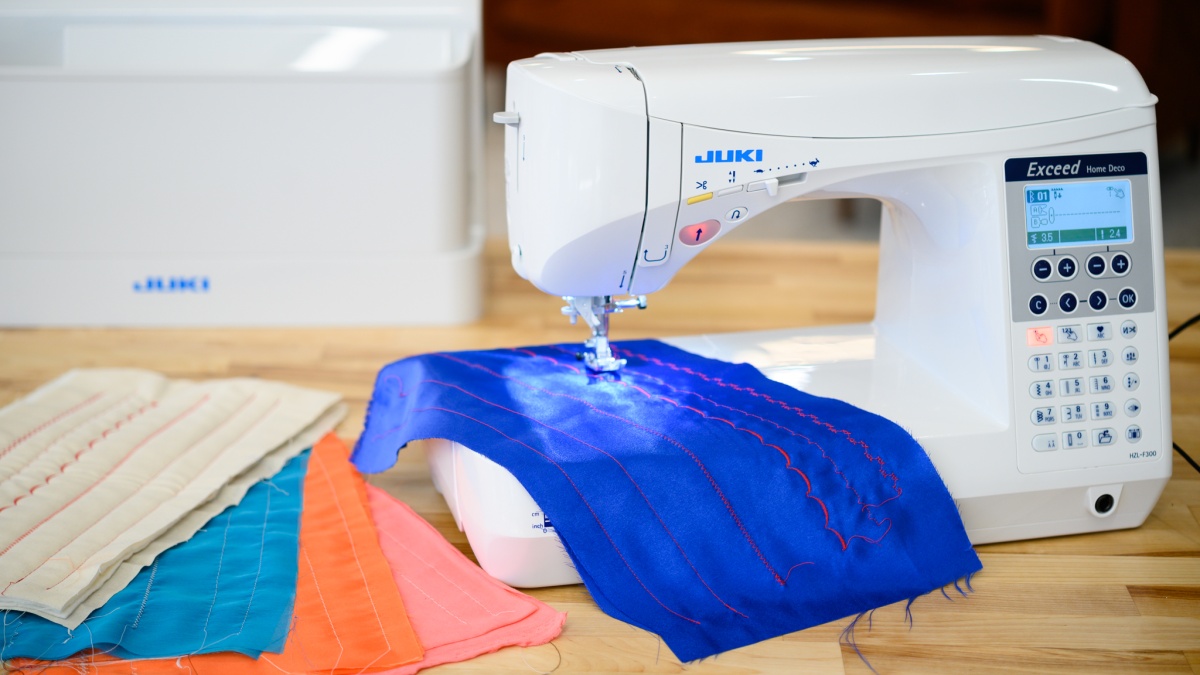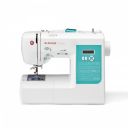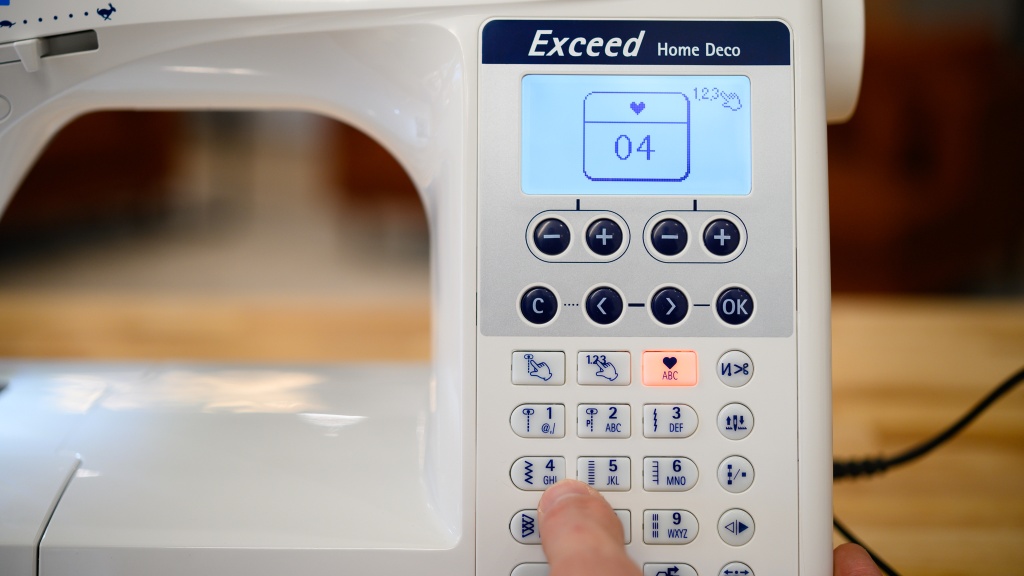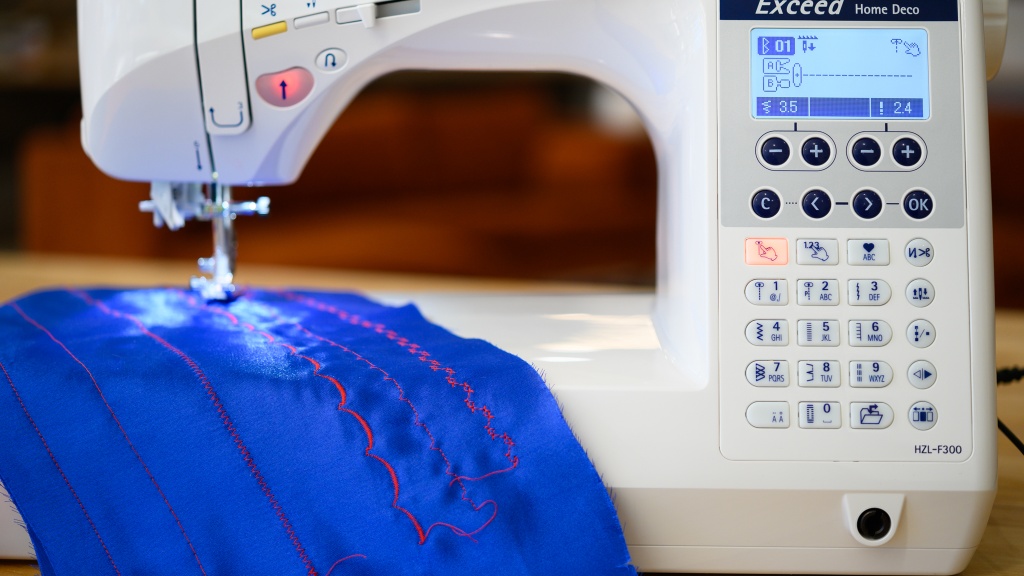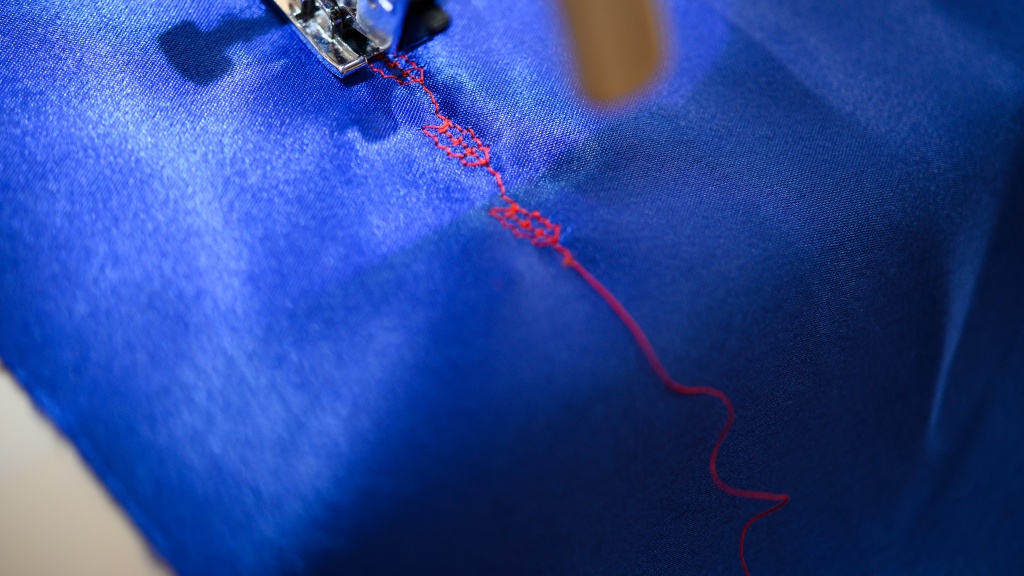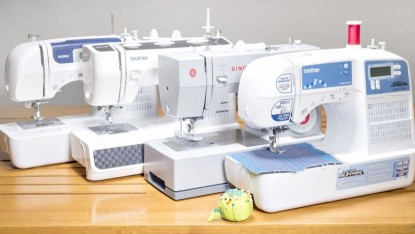Our Verdict
Compare to Similar Products
 This Product Juki HZL-F300 | |||||
|---|---|---|---|---|---|
| Awards | Best Premium Pick | Best Overall Sewing Machine for Most People | Best for Serious Stitch Options | Best High-Value Buttonhole Maker | Best Bang for Your Buck |
| Price | $1,499 List $715.25 at Amazon | $260 List $259.99 at Amazon | $650 List $470.99 at Amazon | $300 List | $150 List $149.99 at Amazon |
Overall Score  |
|||||
| Star Rating | |||||
| Bottom Line | A premium machine with premium results that has some trouble on stretch fabrics | A simple to use option with lots of stitches, an excellent screen, and an affordable price, but isn't the cleanest buttonhole maker | Excessive features for newbies, but a solid machine that will thrill an experienced seamstress or tailor and will last for years | This is a great machine for just about everyone, although a serious sewist may want a machine with better quality stitching | A beginner would really like this machine since it's easy-to-use and inexpensive |
| Rating Categories | Juki HZL-F300 | Brother HC1850 | Singer 9960 Quantum... | Singer 7258 Stylist | Brother CS5055 |
| Sewing (45%) | |||||
| Ease of use (35%) | |||||
| Buttonholes (20%) | |||||
| Specs | Juki HZL-F300 | Brother HC1850 | Singer 9960 Quantum... | Singer 7258 Stylist | Brother CS5055 |
| # of Built-in Stitches | 106 | 185 | 600 | 100 | 60 |
| # of Buttonhole Styles | 16 | 8 | 13 | 6 | 7 |
| Automatic Bobbin Winder | Yes | Yes | Yes | Yes | Yes |
| Manufacturer Stated Maximum Sewing Speed (stitches per minute) | 900 | 850 | 850 | 750 | 750 |
| Computerized? | Yes | Yes | Yes | Yes | Yes |
| Buttonhole Sewing (number of steps) | 1-Step | 1-Step | 1-Step | 1-Step | 1-Step |
| Maximum Stitch Width | 7mm | 7mm | 7mm | 6mm | 7mm |
| Maximum Stitch Length | 5mm | 5mm | 5mm | 4.8mm | 5mm |
| Thread Cutter | Automatic | Built-in | Automatic | Built-in | Built-in |
| Cover | Hard | No | Hard | Soft | No |
| Free Arm | Yes | Yes | Yes | Yes | Yes |
| Measured Weight | 21.0 lbs | 10.5 lbs | 19.7 lbs | 14.6 lbs | 10.8 lbs |
Our Analysis and Test Results
Earning a top spot in our lineup, the Juki HZL-F300 is a heavy-duty workhorse of a sewing machine. Juki Corporation is a Japanese manufacturer of industrial and domestic sewing machines and is ranked as the number one sewing machine manufacturer in the world. What does that mean for you? Well, for one thing, our test team consistently gave the Juki top marks for ease of use and sewing ability. For another thing, it means that this machine came with a whopping price tag, significantly higher than the other models we tested. So if you think that the Juki is the machine for you, be prepared to spend some serious coinage.
Price aside, with top or near the top scores in almost every category, we were blown away by this machine's sewing speed and strength. We tested each machine on eight different fabrics, and except for a couple of stitches on one or two of the fabrics, the sewing on this Juki was a breeze.
Performance Comparison
Sewing
What really struck our reviewers about the Juki HZL-F300 was how well it went through multiple layers of denim in our denim tests (12 ounces of fabric folded to be eight layers thick). In fact, we were so impressed with the machine's power and ease of use with denim that we awarded a perfect score for that particular test. You might not be patching denim, but you may need a strap fixed on a backpack or duffel bag, or a leather bag needs a repair, and this machine will be perfect for that.
But not everyone will be sewing through thick, heavy fabrics, though. More typical is sewing using a basic straight stitch, basting stitch, and zigzags. Most people will only be using those stitches for the vast majority of their sewing, and — we're pleased to say — the Juki HZL-F300 rated very highly with those stitches too.
The only stitch where the Juki scored just so-so was scallop stitches; getting the tension right on some fabrics was notably difficult. Granted, not many people will use a scallop stitch, but we included it in testing all the machines to push them in a lot of different directions and offer you a full picture of their performance.
Zippers can be a major make-or-break feature of a sewing machine. Almost everyone who sews knows at least one person who goes to great lengths to avoid using a zipper — either because it intimidates them or because their machine makes it more of a pain than is warranted. You'll be glad to know that the Juki HZL-F300 scored very high in our zipper tests.
Not everything the Juki HZL-F300 does is perfect. Our testers had trouble with some stitches, finding that the tension was off on some finer materials. This is something you will need to spend some time and play with if you sew quite a bit with silks and chiffons, but for most people, it's not going to be a problem.
Ease of Use
No matter how expensive, powerful, or fancy a sewing machine is, you've only wasted your time and money if you can't figure out how to use it. Not only is the Juki among the easiest to use of the machines we tested, but the stitch quality also makes it worth the invested time to learn. This was the easiest machine to thread out of our entire lineup, and the thread cutter and lighting were also top-notch.
A small legend on the Juki shows a solid line (for machine threading) or a dotted line (for bobbin threading) and has numbers and arrows to help you too. And if you still get lost, there is a panel on top that flips up and provides lots of additional information, such as stitch selection and which presser foot to use with each selected stitch. At first this can seem overwhelming, but it's all well-organized. The three main stitch selection buttons give you various options using pictures, numbers, and letters within each stitch category.
The bobbin loads from the top on the HZL-F300, and it also has a small diagram you can follow. Rewinding the bobbin is super easy and very quiet, yet the bobbin rewinding tests we conducted came out unevenly loaded each time. So while the bobbin is easy to rewind and load into the sewing machine, it still scored just average in our testing.
This machine also has semi-automatic needle threading, which is huge for the older generation. You just hook the thread into the grip and then press a lever — and the machine does the rest. No more bending over trying to line up the end of the thread with the eye of the needle. This alone may be worth the price if it's something with which you struggle. The thread cutter is also fully automatic and perfectly placed.
For one of our testers, the lighting is one of the most important features of a sewing machine. The light on the HZL-F300 is clear, bright, and placed in the best possible location. There is a slight shadow on the needle penetration area, but not enough to make a difference.
One final thought. The instruction manual must be clear and understandable, or you will be disinclined to use your sewing machine. Juki seems to understand this and has written a user manual with lots of information, is cleanly laid out, and has wonderful stitch selection instructions.
Buttonholes
Buttonholes are another one of those things that most sewists can do just fine but that others try to avoid at all costs. Too many beautiful projects have been tossed aside because of ruined buttonholes.
The HZL-F300 scored slightly better than average in our buttonhole tests. The machine comes with a plate that clamps onto filmy, slippery fabrics to help keep them in place while working on your buttonhole. And this machine also has 16 different styles and sizes of buttonholes, far more than any other sewing machine we tested.
Should You Buy the Juki HZL-F300?
While the Juki HZL-F300 carries a hefty price tag, the pros far outweigh the cons if you are a serious sewer. Our testers also really appreciate that the foot pedal has a place at the bottom around which you can wrap the cord — a small detail, but one we appreciate. This machine has all the performance and features we could possibly want and is an excellent option if you're looking to level up your sewing game and can afford the premium price.
What Other Sewing Machines Should You Consider?
So is this the sewing machine for you? Only you can answer that, but we've found the Juki HZL-F300 to be a great machine for the money. And yes, it's a lot of money. Still, we think this machine is worth it for the right user. For more stitch options, the exceptional Singer 9960 Quantum Stylist powers through an impressive 600 types of stitches with ease. If you can't quite stomach a premium price tag, the Brother HC1850 is another high-performing machine for a fraction of the cost.


